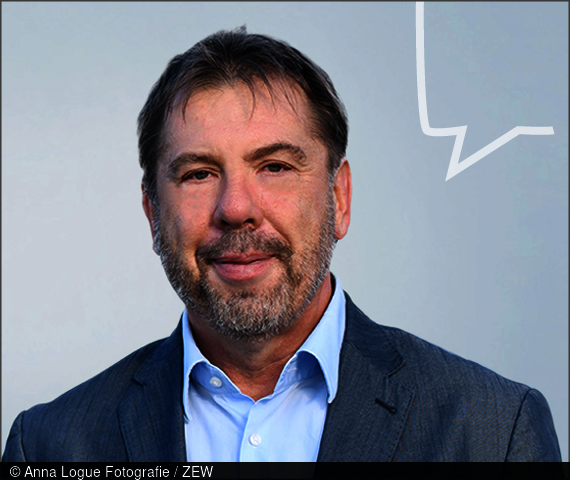“There Is a Void Between the Start-up and Flotation of High-Tech Companies”
Questions & AnswersInterview with ZEW Economist Georg Licht
The US Nasdaq, or Nasdaq OMX Group since 2008, is the second largest stock exchange in the world with its headquarters in New York. As the first electronic stock exchange, it has attracted in particular innovative technology companies. Still to this day, several hundred high-tech start-ups annually go for a stock market listing on the so-called ‘technology exchange’, whilst new issuances in Germany are predominantly from traditional sectors.
In the following interview, Dr. Georg Licht explains why this is the case and what Europe must now do to keep hold of these high-tech start-up companies.
What makes a stock flotation in the USA, particularly on Nasdaq, so attractive for high-tech companies?
Despite these ‘adversities’, the chance of finding potential investors under the previously mentioned conditions on Nasdaq, who are able to regiment the chance of success and provide necessary funds, is much more likely to happen through a stock market flotation on Nasdaq than on other global stock exchanges. This likelihood still remains strong despite there being a high level of uncertainty involved. The financing ecosystem in the USA with financially strong pension funds, other institutional investors and large asset management funds, provides an ideal opportunity to invest enormous sums of money in young high-growth companies.
Do we need a European counterpart to Nasdaq? Does it matter if companies acquire the relevant capital via Nasdaq or a European stock exchange?
Simply replicating Nasdaq would not pave the way for much success. This has already been tried several times in previous decades and essentially all of these attempts failed or stalled in their development. Nevertheless, a European equivalent of Nasdaq would certainly be desirable. A liquidity-rich, European stock exchange geared towards young, technology-oriented companies is the central, missing element of the financing ecosystem in Europe. Both emerging technology companies seeking to make gains in capital and the abundant potential of investors would profit from this.
What is needed in order to make Europe more appealing to young (high-tech) companies floating their trade on the stock market here?
What is missing is a functioning ecosystem with an understanding of the needs of companies that are innovative, capital-intensive and newly established. Only once such an ecosystem has been developed will it also be possible in Europe to bridge the gap between a launch in the high-tech sector and the stock market flotation of such an innovative company that strives for this years down the line. If this is not achievable, the government’s so-called ‘Zukunftsfonds’, a multi-billion start-up fund that promotes future technologies, will remain primarily one thing – a key route to Nasdaq.
What distinguishes European companies that prefer stock market flotation on the US Nasdaq to going for a stock market listing on their own continent?
The US Nasdaq in particular has a big appeal amongst expanding high-tech companies. This appeal is not only noticeable with US companies, but also many highly-innovative European and German companies that are pursuing ambitious targets for growth. Notable examples are the pioneers of the mRNA vaccine, BioNtech and CureVac, that are on everybody’s lips since the coronavirus pandemic. They favoured a flotation on Nasdaq to one on a stock exchange on home turf. On the one hand, both companies share the commonality that they are conducting research on a revolutionary form of technology for pharmaceutical drugs. The path to a marketable product is very long and often accompanied by doubts regarding its scientific feasibility and an enormous need for funding. On the other hand, there is an extraordinary amount of revenue to be made.

